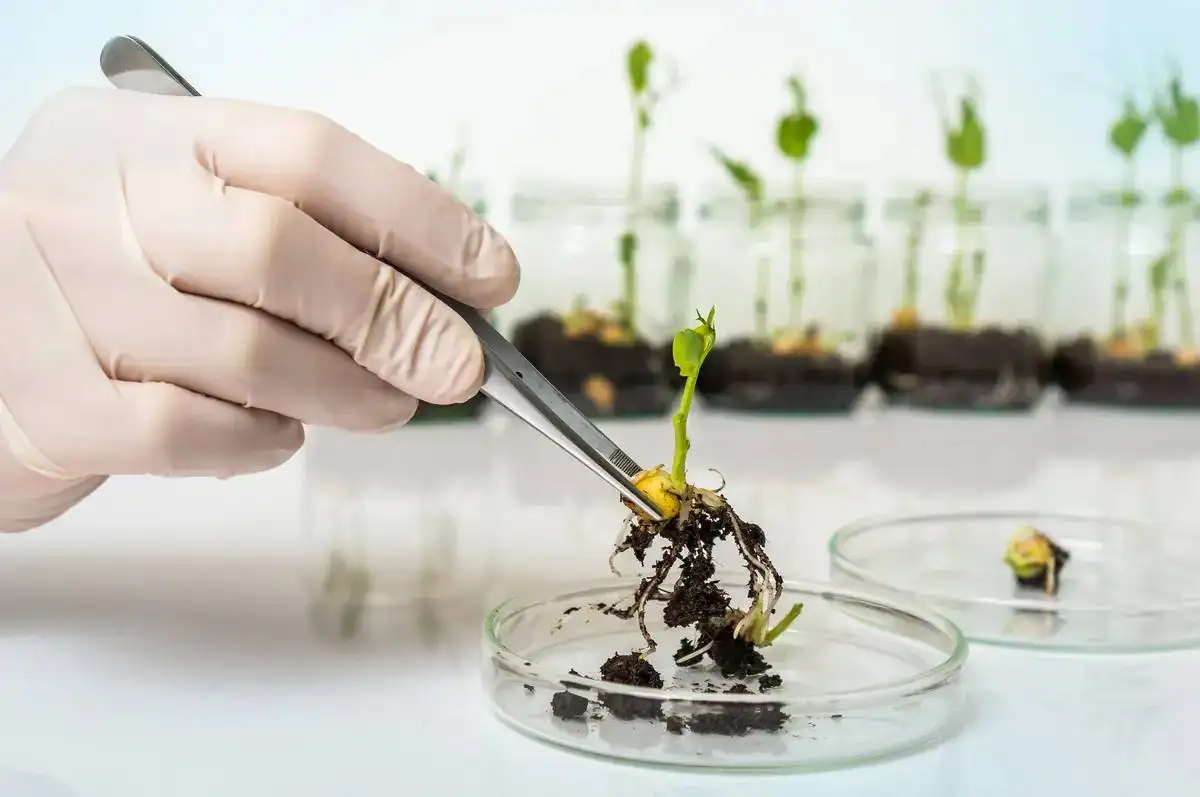
The application of genetic engineering, molecular biology, and other biotechnological methods to improve crops, livestock, and farming practices is a growing trend that addresses concerns over food security and environmental degradation.
Market research reports predict that agriculture biotechnology will grow by roughly 9% (CAGR) by 2029. As sustainability and the need to increase food production become more pressing, integrating these technologies with AI solutions will also accelerate. According to Forbes, investors are particularly drawn to initiatives that merge AI with biotechnology.
Imagine genetically engineered plants designed to better withstand drought conditions within a greenhouse equipped with an AI-powered climate control system. The AI optimizes the environment specifically for these plants, reducing water consumption while improving sustainability and boosting yield. The real innovation lies in how these two technologies evolve together.